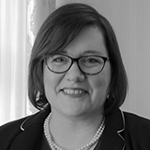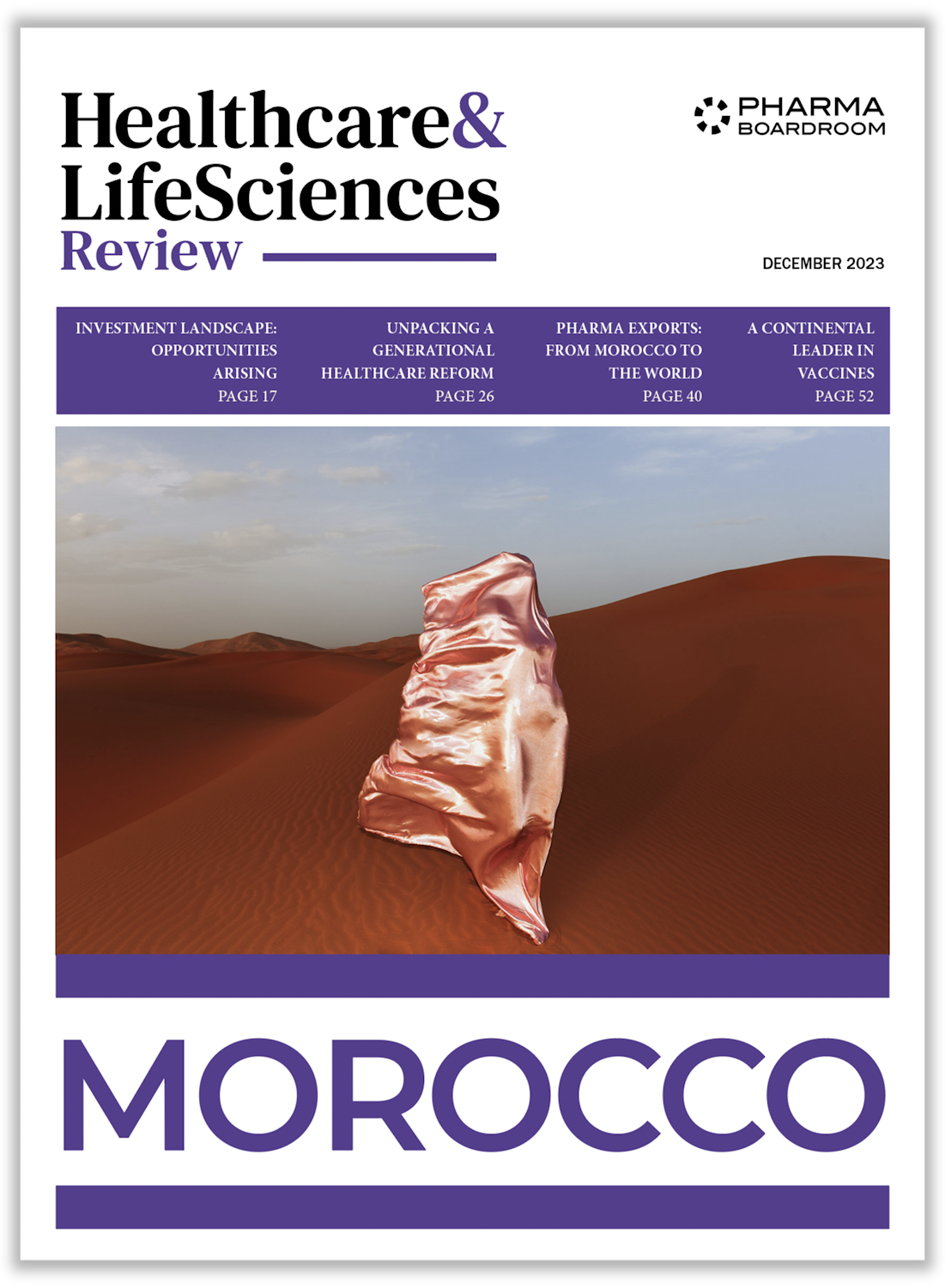A social partner for Latvia! This is how Kristine Juckovica, executive director and Karlis Urbans, head of business development describe Rigvir Holding, the Latvian enterprise behind the homonymous virus-based cancer treatment produced by the ECHO-7 virus
Can you kick off by introducing the structure of the company to our international readers?
Rigvir Holdings is the parent company as is mostly responsible for the marketing, R&D, the business development and the promotion of RIGVIR®. The other fully owned company, Latima, is a producer and manufacturing entity as well as the holder of marketing authorization. Latima runs laboratories and it also subcontracts bottling, which is performed in Estonia. Furthermore, we possess a clinic in Jurmala, the Global Virotherapy cancer clinic, and a center of excellence purely dedicated to treatment.
Kristine, you were brought in approximately one and half years ago. What was your mandate as such?
[Featured_in]
After my career at the Ministry of Health, I worked in one of the pharmacy chains. After some restructuring of the teams, I received an offer from Rigvir and the proposal was so appealing that I could not reject it. We’re taking about a highly disruptive breakthrough technology that can really shift the treatment paradigm for cancer patients.
What have been your main priorities since assuming this position?
My top priority has been about corroborating our current marketing strategy by taking part in conferences and making ourselves known to the world. The main bottleneck at the moment is the fact that people do not necessarily know about the disruptive technologies that we use and some of them do not even believe in them. It is, therefore, critical to build up the necessary credibility.
Can you please introduce RIGVIR® to our international readers by explaining how it revolutionizes and improves the life expectancy of cancer patients?
[related_story]
RIGVIR® is a groundbreaking piece of innovation in the field of life sciences. It is one of the most promising cancer therapies because it is gentle, safe and obviously effective virus with oncotropic and oncolytic properties. Doctors may apply this therapy at an early or late stage, and also in combination with other treatments in order to improve the effectiveness.
Once it finds and selectively infects tumor cells, the virus then replicates in tumor cells and destroys them. Both of these processes, oncotropism and oncolysis, are selective for tumor cells and healthy cells are only minimally affected, if at all. Oncolytic virotherapy with RIGVIR® is a safe and effective cancer treatment, which improves progression time, survival and the quality of life of cancer patients.
Can you talk us through the background of the virotherapy and how it came to existence?
The virotherapy for cancer treatment has been on the agenda of scientists for about one hundred years, yet there has always been an issue with finding a virus that was safe enough. The idea of a virus penetrating and infecting cells was obviously known to doctors, the hurdle was more about finding a safe mechanism for harnessing it. As of the 1950s different trials and studies on the topic took place but was not strongly developed. At this time scientist Aina Muceniece and her team started their work in Institute of Microbiology in Riga as head of Cancer Virotherapy laboratory.
Nowadays oncolytic therapy is nothing new anymore and big companies and academia are involved in the development of this treatment while also looking at different directions to combine viruses with other therapies. As of now, there are only three registered oncolytic viruses in the world. The first one was approved in 2004 (Rigvir), another one is currently registered in China (Oncorine) and the most recent one is FDA’s approved Amgen’s T-vec.
What about the RIGVIR® virus?
It contains a live non-pathogenic ECHO-7 virus that has not been genetically modified. It is an orphan virus identified in small kids, subsequently adapted for melanoma. The reason why it’s adapted for melanoma is because it is one of the most resistant tumors to chemotherapies and there was, therefore, responds to a massive unmet need. We consider the fact that the virus is not genetically modified one of our competitive advantages. The main element is safety because no treatment is 100 percent effective and safety is always questioned not only in terms of immediate side effects, but especially in terms of side effects that could manifest themselves much longer down the line.
Why were Georgia and Armenia chosen as the only two other jurisdictions in which you registered the product?
Georgia and Armenia are part of the same reality when it comes to accepting clinical trial data that was conducted within the former Soviet Union. The clinical trials that we used as the basis for registration in Latvia would not be accepted anymore for Centralized registration of oncology medicine. We see the clinical need of this treatment in the world. In fact, we receive a fairly large volume of medical tourism, mostly from English speaking countries such as the US, the UK, Australia and South Africa.
You highlighted that your competitive advantage is that you did not modify the virus genetically. What else make RIGVIR® different from conventional cancer treatments?
We noticed that whenever pharmaceutical companies address the issue of melanoma, they tend to take into consideration the very late stage of the disease because to some extent it is easier to commercialize their treatments. When life is at stake, there is pressure on behalf of the government to reimburse such medicines.
RIGVIR®, instead, can also be used at the earliest stage to prevent of the metastasis. It is known that cancer is not curable. However, we learnt that thanks to our virus patients have four to six times higher possibility to survive if it is used in early stages. During our fourteen years of registration in Latvia only few types of possible side effect have been reported to our local FDA. Moreover, they are all fairly mild symptoms like sustaining a bit of a fever or cold. In 2017, we received our EMA scientific advice, which helped us build a roadmap to commercialize our product in rest of Europe. While we are filling the gaps, the path will, no doubt, be long and rocky with may barriers in the way.
You receive medical tourism from mainly Anglo-Saxon countries and it looks like you have a huge untapped potential out there, but you have limited resources to scale up. What is your action plan and how do you intend to grow the business?
On the one hand, we feel we have a mission to continue this medical tourism application, but it is also limited with the lack of opportunities for patients to reach us. There are some rules in the pharmaceutical sector that we are obliged to follow. This is also why we have the abovementioned roadmap from the EMA – we are positive that this will result in a centralized registration and availability of our product. Perhaps, in order to grow the business as quick as possible, we would have to partner with like-minded stakeholders. We are trying to make our treatment affordable, this is a possible growth path.
Would you consider resorting to raising outside capital through a partial sale of the company?
Given that the company is family, there are certain limitations to sell the business. Most likely we would be open to involve existing pharmaceutical companies for distributing. In terms of financial turnover, last year we reached EUR four million and we are aiming for more. However, we reinvest half of these revenues in our business development. In addition to this, we are also applying to bank loans to open new laboratories – we are constantly investing, and we would like to invest more.
You are going to be facing a huge backlash as big pharmaceutical will feel threatened by this disruptive business model. How are you planning to face that off and what type of support are you receiving from any state actor?
We calculated that we would be able to make certain public healthcare savings e about 25 percent of their health costs for melanoma treatment. We are not facing a lot of competition per se, but there are a lot of negative advertisements peddled by someone who wants to threaten our credibility. In our business model we have a dedicated fund for patients, we have social projects and early screenings. I think it is safe to say that we are Latvia’s social partner, because we are carrying out a lot of explanatory work of early diagnoses and we are the biggest supporters for social events about melanoma theme among other things we believe. For example – there is so far one country in the world that has shown a real drop of incidence in melanoma – Australia, because they carried out information campaigns, early screening and government discussions.
To some extent, given the valuable work that we provide to the country, we do feel the support, but it is somehow limited. The Latvian Ministry of Health and local FDA for their part, has been supportive and so the LIAA, the national investment promotion agency. Moreover, the European Commission has even demonstrated its interest in and support for our work by awarding us grant monies and including us as part of the 2020 horizon framework.







